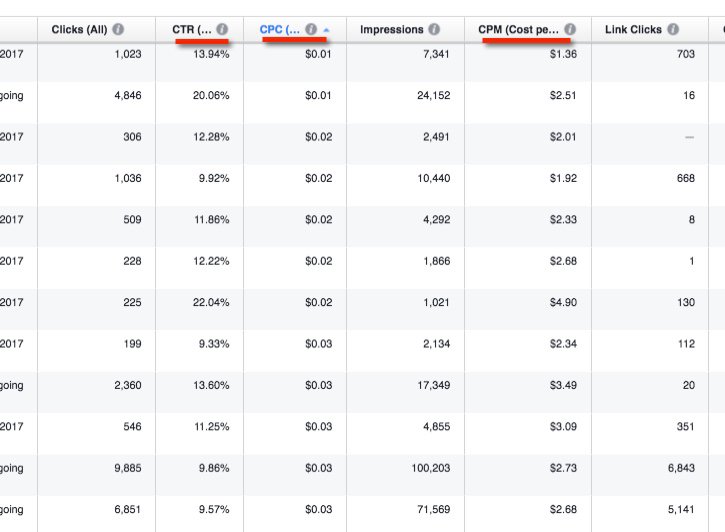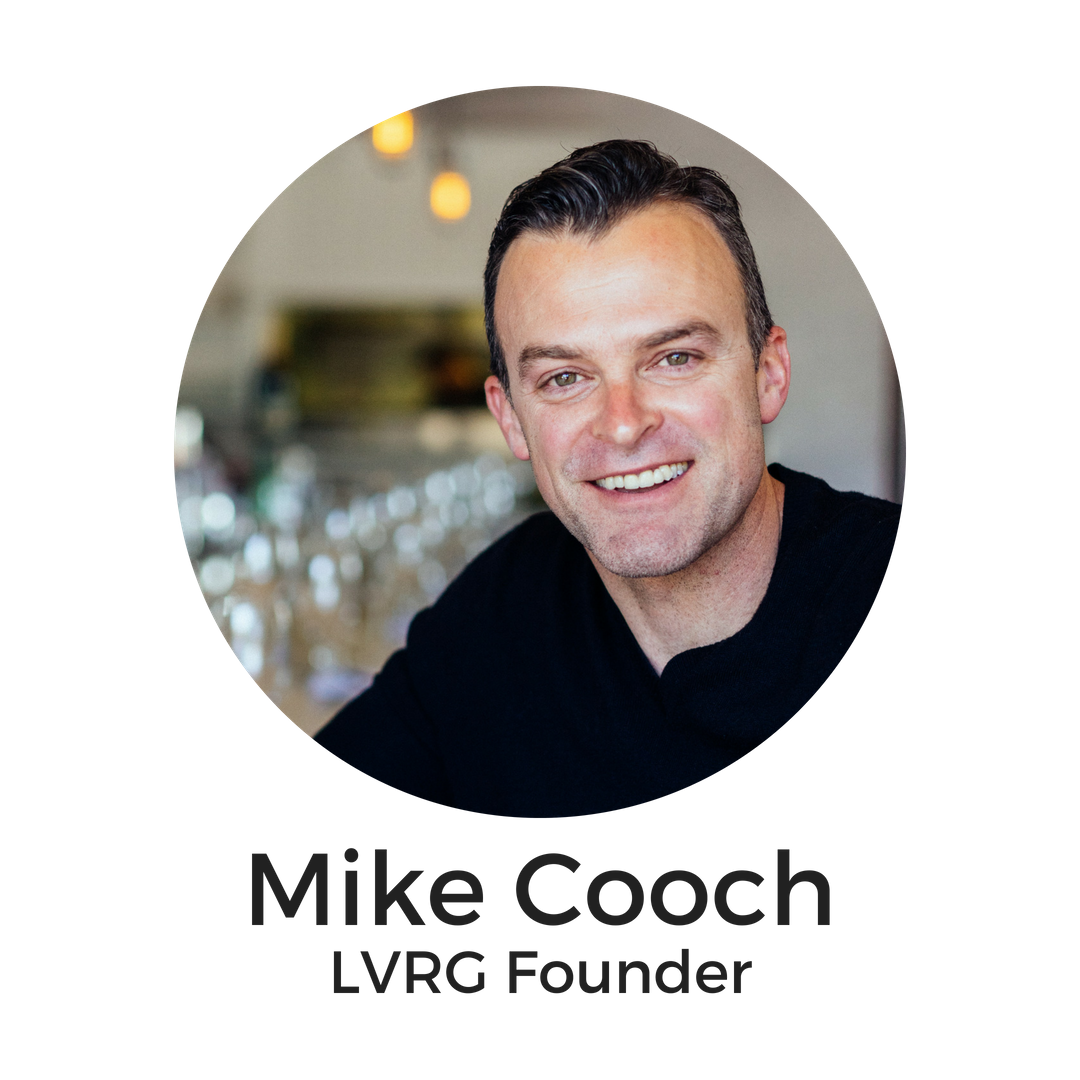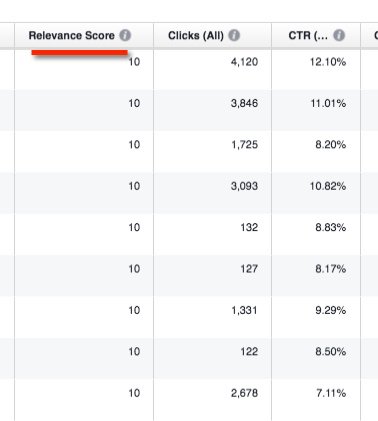

Like most online businesses these days, Facebook Ads are the #1 way we reach our targeted audience, build our list, and fill our sales pipeline with opportunities.
It’s the lifeblood of our business.
The Facebook Advertising platform is an entrepreneur’s dream come true, which is why it’s so popular.
Unfortunately, with that popularity comes rising ad costs, which means we have to continue to evolve our approach to make sure we are doing everything we can to maximize our results while minimizing costs.
Which is why it’s pretty shocking to be able to say that…
We’re Getting Cheaper Clicks And Leads Than Ever Before From Our Facebook Ads
As you can see from the image I shared above, we are getting some crazy cheap clicks on our Facebook Ads.
How are we doing it? We’re using a two-step formula that we call the ‘Prime The Pump Strategy’.
By combining the right content with the right ad objectives, we get Facebook to send us the cheapest traffic possible!
“Prime the Pump?”
First, let’s talk about the name. It’s kind of an unusual name, but priming the pump means ‘to stimulate’. It’s used often to refer to stimulating the economy by putting a little bit of money into the economy.
That’s what we’re doing with our ad campaigns on Facebook.
We’re stimulating the audience reaction and response to a piece of content by spending a little bit of money on our Facebook ad campaigns. Then, once we have seen the reaction that we’re looking for – in the form of metrics and user response and engagement – on our piece of content and on our ads, we then spend more money to get it out there to a broader audience.
That two-step process is really, really important.
When we ‘prime the pump’, which is to say that we put a little bit of money into a Facebook ad campaign, focused on getting user engagements – likes and shares and comments and all those types of things – we send positive signals to Facebook that we have created a good user experience for their customers, and Facebook rewards us with cheaper CPMs and cheaper clicks.
This Is Really All About The Relevance Score
We believe that Relevance Score is the best indicator of how your audience feels about your ad and content, and that Facebook is now looking at Relevance Score as their number one indicator of the user experience while consuming your content.
And Facebook is all about user experience.
Create a great user experience, and Facebook is willing to send you cheap of traffic. Bad user experience…pay out the nose!
So you want to keep Relevance Score as high as possible.
We are almost always a 9 or 10 using this strategy.

Facebook learned some pretty tough lessons a couple of years ago when marketers like us were out there putting these really bold aggressive ads out in the Facebook Newsfeed and users started complaining.
They started saying, “Hey, wait a minute, this is not the Facebook I signed up for. It’s no longer my friends and fun videos and pictures,” and stuff like that. “It’s these really obnoxious ads from marketers.”
Facebook knew they couldn’t let us screw up their user experience, so they started measuring relevance and reporting that back to you and letting you know if your ads are hitting the mark with your audience or not.
That’s what that Relevance Score is a reflection of.
Then, they decided to differentiate how they’re going to charge you for your ad campaigns based on your Relevance Score.
While we have not done any scientific study – and I’m not inside of Facebook and I can’t look inside of their black box to know for sure – every indication that I can find from all of the testing that we’re doing says that when you have a high relevance score, the CPM that Facebook is charging you gets dropped dramatically.
And if the CPM is lower and all of the things are constant, then you’re getting cheaper clicks and cheaper conversions.
Start With Good Content…
People love content…they hate ads. If we give them what they want, Facebook will reward us!
Start your campaigns with a good solid pieces of content that people are going to read or watch and engage with and enjoy.
Yes, they can still have a conversion opportunity associated with them, but the primary focus for that cold traffic is a really solid piece of content so that we’re building our audience, we’re getting our Relevance Score as high as possible, and we’re bringing down the cost of all of our other campaign metrics.
And then, what we’re doing of course, is building custom audiences and retargeting them with more direct offers after we have a relationship with them.
These guys really opened our eyes to the fact that good content could be both highly relevant and fun…but still sell, didn’t they?

Don’t worry, you don’t need to create content that good.
But you do need to create content good enough to respect and protect the Facebook user experience!
Next, Apply The Two-Step ‘Prime the Pump’ Formula
Step 1: Run a ‘Post Engagement’ Objective Campaign
People are social creatures, and they are lemmings to some degree or another.
The majority of people want to see social proof in order to feel more confident that what they are about to take action on is credible and safe, so we want to generate social proof on our campaigns as early as possible.
How do we find people who are willing to engage with our ads so we can get social proof fast?
That’s what the ‘Post Engagement’ objective is all about.
Facebook has the behavioral data to know that there are certain people who will engage with a piece of content and engage with a piece of ad even if they don’t see a lot of social proof already. They are engagers!
Those are the people that we want to get first.
We spend a very little amount of money – typically a budget of $5 per day or so – focused on getting engagement first.
This gives us a really good read on whether or not our content and ad is a winner, or if we need to put some more work into it before rolling it out more broadly.
If our engagement is strong and positive, we proceed to step two. If our engagement is weak, we test major variables to see if we can improve it, starting with images and headlines first.
Step 2: Run a ‘Traffic’ or ‘Conversions’ Objective Campaign To The Same Post
Now that you have good engagement on your posts, you’ve got those likes and comments and shares that are such valuable social proof, it’s time to run a campaign focused on your primary objective and roll it out to a broader audience.
We’re about to target an audience that is less likely to engage than that first group that we went after, but because they see the social proof, they see the activity that’s already happening on that ad, we’re able to pull more of them more effectively into our ad campaign (I think that concept is so critical to success on Facebook ads).
Again, Facebook has the behavioral data to tell us who the ‘clickers’ are (Traffic Objective) and who the ‘buyers’ are (Conversions Objective), so you’ll pick one of those two objectives next, depending on your goal.
We’ll often continue to run our ‘Post Engagement’ campaigns alongside these new campaigns, just to ensure that we are constantly growing our social proof. I believe that the extra ad spend is worth it in some cases, but not always. Some posts get tons of great social proof even from teh ‘traffic’ and ‘conversions’ crowds.
That’s The Two-Step Process Of ‘Priming The Pump’!
I really, really, highly suggest that you implement this at your business.
It does not matter what you’re selling. I can show you all kinds of examples of this being used to sell people to come to restaurants, to sell e-commerce products, to promote events, to sell professional services…it really does not matter what you’re selling.
Create good content. Protect the Facebook user experience. And ‘prime the pump’!



